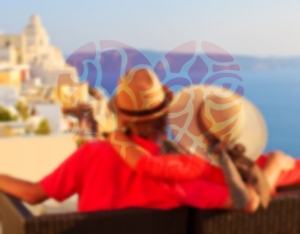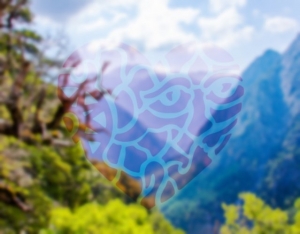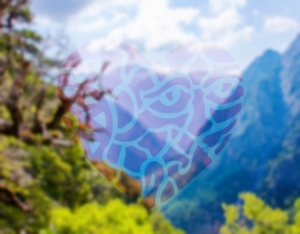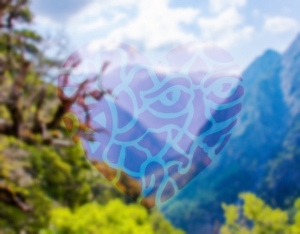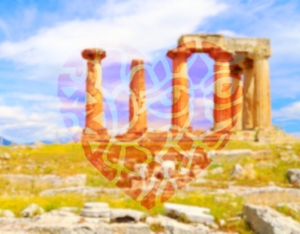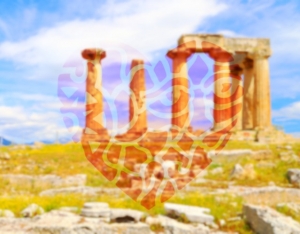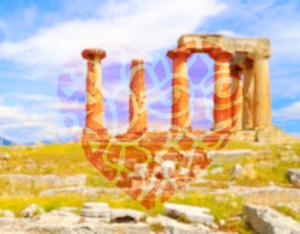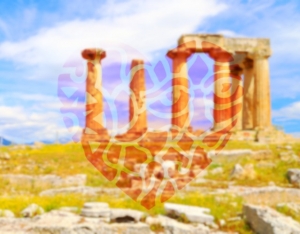Thodoris Bgenopoulos
The castle of Parikia, otherwise known as Fragokastelo, is of course in Parikia in Paros island.
It might be called "castle" but in essence today it is a neighborhood in which you can see only a few walls and the remains of a tower that was part of the castle built by the Venetians in the 13th century. However, the ruins of the castle are very special for a reason. For the construction of the castle were used parts of ancient buildings that already existed. So if you look closely you will see that there is no new hardware and the castle is basically a puzzle pieced from ancient buildings. Taking a walk in Parikia you have the chance to see all that is left of this interesting puzzle and the remains of the Castle of Parikia.
Ekatontapiliani church is in Parikia, in the island of Paros.
This is without doubt its best known and most important attraction. According to tradition, the original structure of the church was the work of the Apostles Saints Constantine and Helen. During the reign of Justinian, the church was reconstructed by taking today's impressive form and leading many to give it the nickname "Aghia Sophia of the Aegean". In this contributed greatly the fact that the person responsible for its reconstruction was thought to be an apprentice of the architect of St. Sophia.
Its name means "the church with the hundred gates". Indeed, a saying has it that 99 iof them are open and the hundredth is sealed until the liberation of Aghia Sophia. The church is also called Katapoliani, a name resulting from its location being "kata tin poli", ie church next to the city. Both names are valid and the controversy about which is the oldest continues today.
Ekatontapiliani is not just a church, but an entire building complex including the main church of the Virgin with three chapels, the churches of St. Nicholas and St. Theodosia, the chapel of St. Nicholas, the Baptistery, cells and other spaces. Panagia Ekatontapiliani was probably founded on the ruins of an ancient building, as it is revealed by archaeological findings.
A lot could be written here about Panagia Ekatontapiliani, but no text is stronger than the experience of seeing it with your own two eyes.
In mid-August, Ekatontapiliani is the center of brilliant festivities that are definitely worth watching. Any time you find yourself in Paros, visiting Panagia Ekatontapiliani is a must!
Archilochus Cave is in Parikia region, in the island of Paros.
The cave is named after the famous Parian poet Archilochus. It is said that he used to visit the cave regularly in order to draw inspiration and write his exquisite poems. It is definitely worth strolling around Archilochus Cave, following the steps of the ancient poet. Who knows, you might even get inspired and write your own poems!
The environmental Park of Paros is in the northern part of Paros island.
The Environmental Paros Park covers an area of 800 acres, within which the visitor can walk and enjoy undisturbed the beauty of the Parian landscape. Since its founding in 2009, over 1,000 native trees and plants have been planted in the Environmental Park of Paros, while walking trails have been mapped for you to wander comfortably in Cycladic landscape.
In the park there is also an open-air 700 seat theater, which each summer hosts remarkable artistic events.
The main target and ambition of the park is to become a modern space of alternative tourism with emphasis on culture, ecology and sport. The Environmental Park of Paros is definitely worth a visit!
In Paros you will find the magnificent Butterflies Valley.
The region Butterflies is approximately 7km from Parikia, As indicated by its name, the area is a butterflies' biotope and specifically the Jersey Tiger Moth kind. The butterflies live and reproduce here in a magical landscape full of sycamores, cypresses and other trees and greenery.
Here you can enjoy a fairy-tale nature walk and admire the Butterflies, provided that you don't come in August. For, while in August the whole island bursts with life, butterflies have a completely different life cycle. So, if you want to have a close look at them, you should visit the region by the end of May and before the end July. If you make it, be sure that the view will be more than rewarding.
The archaeological site of Asklepion is close to Parikia, in Paros.
Here were temples dedicated to Apollo and Asclepius. Today only the temples' foundations can be found in the area, which can be admired along with the breathtaking view of the Aegean. Just to note that excavations in this archaeological site revealed --among others-- a full marble kouros, which now is in the Louvre.
The archaeological site of Delion is in Parikia, Paros.
The archaeological site of Delion hosted a temple dedicated to Delian Apollo, constructed around the 9th century BC. Just like the corresponding temple in Naxos, this temple too was oriented towards the island of Delos. Later, around the 5th century BC, a marble Doric temple was built near the temple of Apollo, dedicated to the goddess Artemis.
Today in the area you can see the ruins of the temples and take in the impressive views, as findings from the archaeological site are exhibited in the Archaeological Museum of Paros.
The archaeological site Three Churches is in Paros, at the road that connects Parikia and Naoussa.
The Three Churches took their name from the ruins of three 17th century that had been built on the ruins of an early Christian basilica of the 6th century. This in turn, as it was used, had been built upon ancient monuments even using several of their materials.
We are obviously talking about a multilevel site. Among the findings a column capital stands out (which is exhibited at the Archaeological Museum of Paros) from the funerary monument of Archilochus, leading scientists to believe that here was the Archilocheio, a memorial in honor of the leading Parian poet of antiquity.
The Mycenaean Acropolis is in Koukounaries, Paros.
Probably inhabited in 1200 BC, The Mycenaean Acropolis was a settlement and a palace protected by walls . Archaeologists believe that it was destroyed at least once after being attacked while being reoccupied the following years.
If you visit the area you can explore the ruins of the archaeological site, admire the wonderful view and continue with a refreshing dip at the nearby Kolimbithres beach.
The ancient graveyard is in Parikia, in Paros.
The cemetery is located near the beach of Parikia. Archaeological research indicates that the cemetery was used for a very long time, from the 8th century BC to the Roman era. Because of this use, the space of the ancient cemetery offered several important findings. Amongst them stand out amphorae decorated with battle scenes that contained bones, stone and marble sarcophagi and a polyandreion (tomb), which is the only one to be found so far in the entire Aegean.
If you are taking a stroll in Parikia or walking by the beach, its worth to have a close look at the ancient cemetery.

